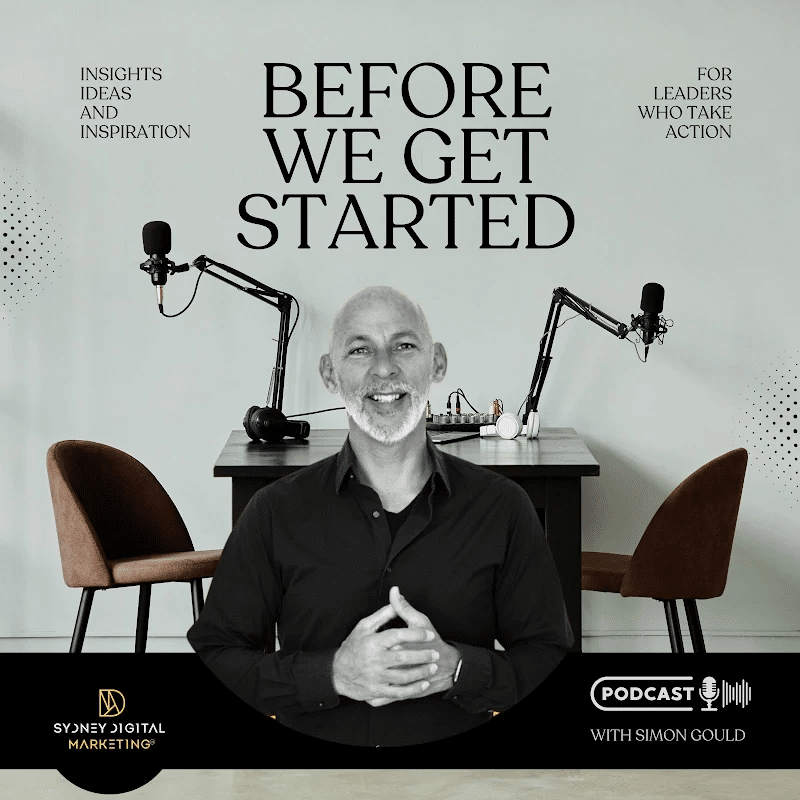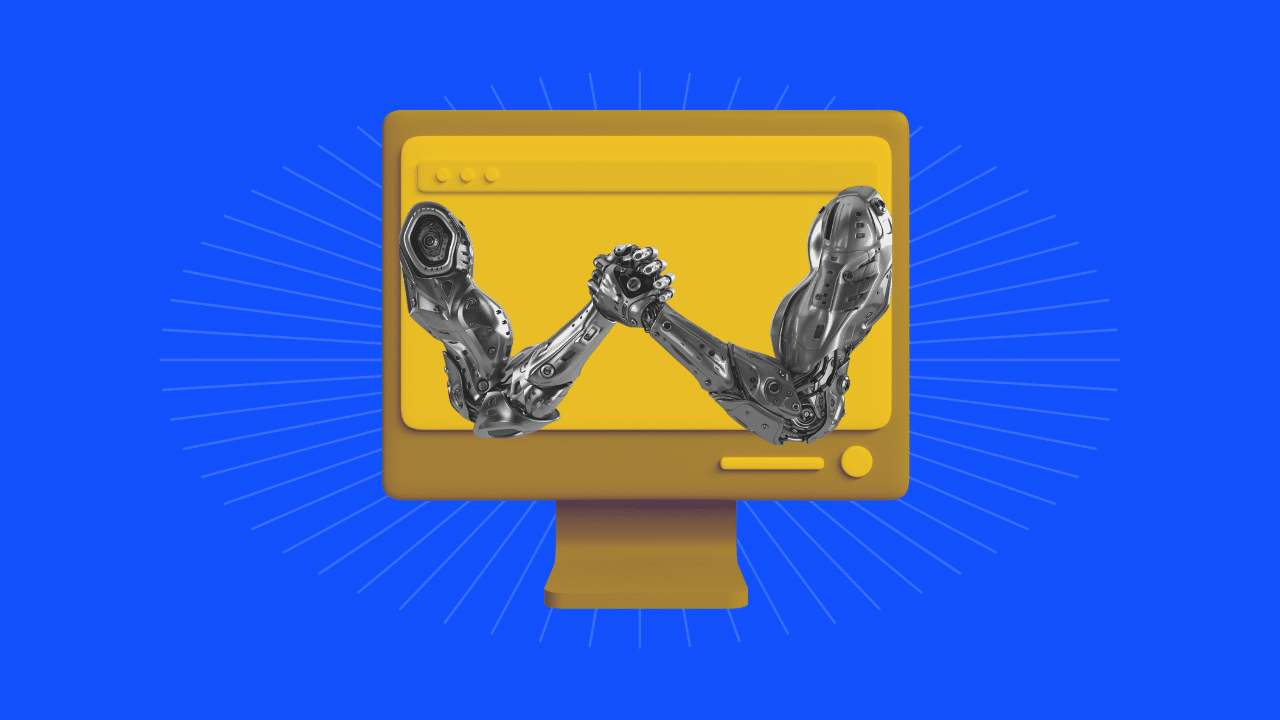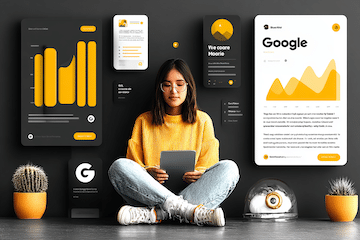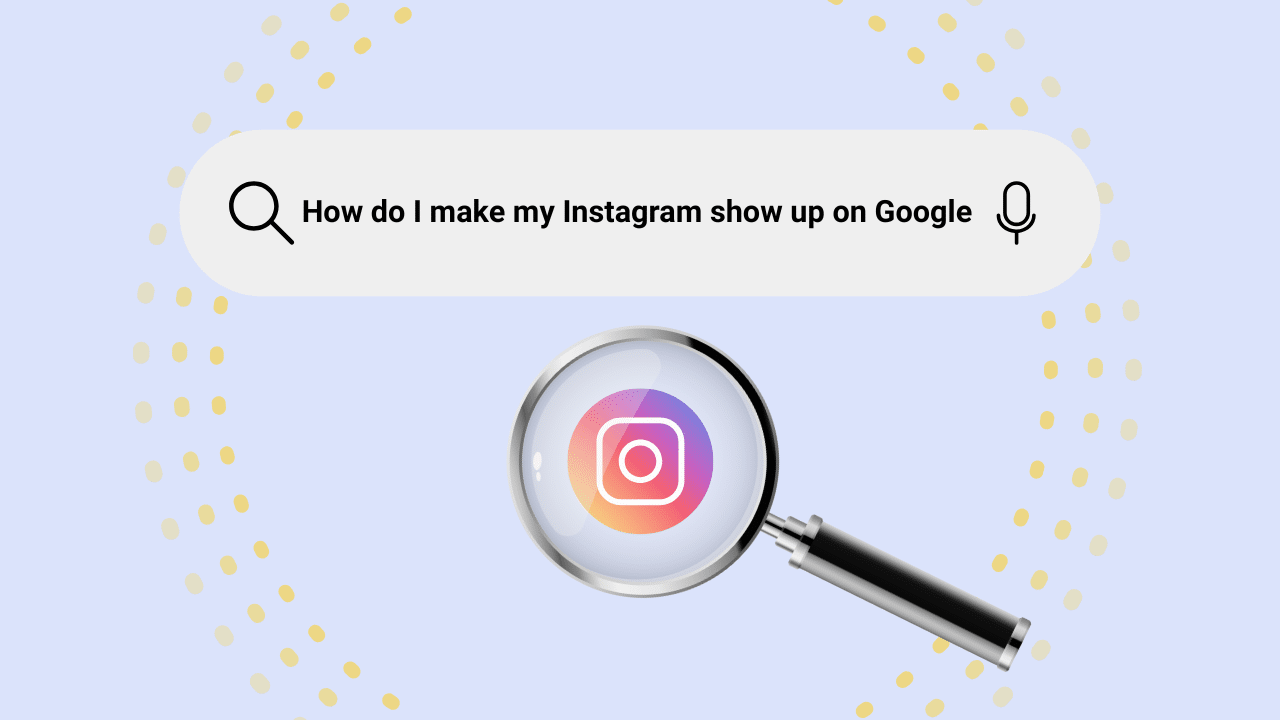
- AI, ChatGPT
Recent articles
our mailing list
Supercharging Your Business with AI: The Ultimate Anatomy of a ChatGPT Prompt

UPDATED APRIL 2025
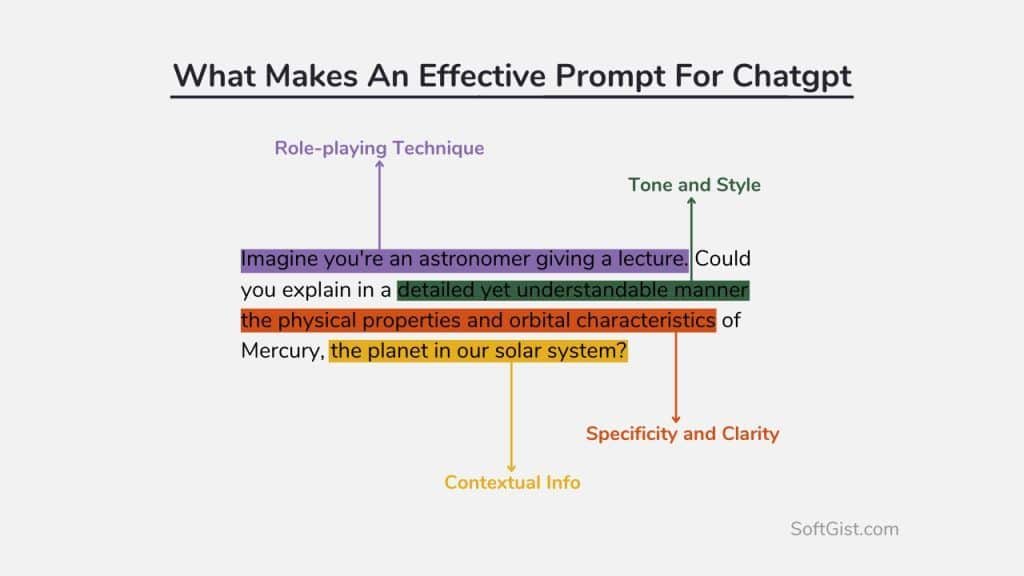
As business owners and marketing managers, understanding artificial intelligence (AI) is not just the future, it’s the now.
Powerful AI, such as OpenAI’s ChatGPT, can be a game-changer for your business, driving innovation and supercharging your productivity efforts.
But how do you get started?
The secret lies in mastering the art of the prompt.
A prompt is a command or question you provide to ChatGPT, instructing it on what you want it to do.
The ultimate ChatGPT prompt consists of five key components: the ‘act as’ instruction, context, specific task, constraints or limitations, and additional guidance.
Let’s break down each one.
The Anatomy of a chatGPT Prompt
- The ‘Act As’ Instruction: This is where you instruct the AI to adopt a particular role. For instance, you might want it to act as a digital marketing expert, a financial advisor, or even a historian. This shapes the AI’s responses and aligns them with the expertise of the chosen role.
- Context: This is the background information the AI needs to understand the task. The context could include relevant details about your business, industry trends and the audience for the particular piece of content. It helps the AI deliver a more targeted and relevant response. This means you wont be handed formulaic copy that your prospects will just scroll by.
- Specific Task: This is the core of your instruction. What exactly do you want the AI to do? Write an email? Draft a social media post? Provide insights on a marketing strategy? The clearer you are, the better the AI can deliver.
- Constraints: These are the limits or rules you set for the task. This could be the word count for a piece of content, the time frame for an analysis, or any specific details that must or must not be included.
- Additional Guidance: This is where you define the tone of voice and style for the output. Do you want the AI to be authoritative, casual or engaging? Should the text be simple or complex? This part is essential to ensuring the output matches your brand voice and target audience.
Now, let’s put it all together with an example that follows each step of the chatGPT prompt template:
Act Instruction: “Act as a social media expert specialising in LinkedIn content creation…”
Context: “…Our company, ‘GreenTech Innovations’, develops cutting-edge, eco-friendly technology solutions. We have recently launched an AI-based energy management system, designed specifically for small to medium-sized businesses…”
Specific Task: “…Please draft a 500-word LinkedIn article that introduces our new product to our target audience, which consists of entrepreneurs and business owners in the technology sector…”
Constraints: “…The article should provide a brief overview of the product, explain its key benefits, and include a call-to-action encouraging readers to visit our website for more information. Avoid using technical jargon…”
Additional Guidance: “…Write in a professional yet engaging tone, and ensure the content is accessible to those with minimal tech knowledge.”
Don’t Lose Your Brand’s Personal Touch
Maintaining authenticity and originality while using AI tools like ChatGPT is key.
While the AI can generate high-quality content, it’s crucial to infuse your brand’s unique personality and voice into the output.
Always review and fine-tune the AI-generated content to ensure it aligns with your brand, appeals to your audience, and communicates your message effectively.
In the world of AI-driven content creation, the art lies in striking the perfect balance between leveraging AI’s efficiency and maintaining the human touch that makes your brand truly stand out.
Relying too heavily on AI can risk producing formulaic or impersonal content that doesn’t truly resonate with your audience.
To strike the right balance, here are some guidelines to consider:
- Use AI as a tool, not a replacement: AI is excellent for generating ideas, drafting content, or analyzing data. However, the final touch should always be human. Use your unique insights to refine and personalize the AI’s output.
- Inject your brand personality: While ChatGPT can mimic a tone of voice, it’s essential to infuse your brand’s unique personality into the content. This keeps your brand authentic and relatable.
- Continual monitoring and adjustment: Experiment with different prompts and guidelines. Monitor the results, and adjust your strategy based on what works best for your business and audience.
Ultimately, the art of the ChatGPT prompt lies in its details.
Master the art of prompting and you’ll be on your way to balancing AI efficiencies with human creativity.
Don’t miss out on the AI train, but don’t jump on it without knowing where it will take you.
Happy prompting!
10 Creative ChatGPT Prompt Ideas for Service-Based Businesses
Uncover clever, time-saving ways to use AI across your business—from client onboarding to innovation strategy.
1. Client Onboarding Pack
Prompt:
“Act as a customer success manager for a premium consulting firm. Create a clear and warm onboarding email + welcome pack outline for new clients. Include next steps, what to expect in the first 30 days, FAQs, and tips for getting the most out of the service.”
💡 Use this to standardise first impressions and reduce onboarding friction.
2. SOP Creation from Zoom Transcripts
Prompt:
“You're a seasoned operations consultant. Convert the following Zoom transcript from a staff training session into a formalised SOP with bullet points, clear step-by-step instructions, and quality control measures.”
💡 Turn chaotic staff training into repeatable excellence.
3. Brainstorm New Offers or Angles
Prompt:
“You’re an innovation strategist. Based on these 3 services we offer, generate 10 out-of-the-box marketing angles or bundled offers that could increase perceived value or differentiate us in a saturated market.”
💡 Perfect for team ideation or whiteboard sessions.
4. Leadership Meeting Agenda
Prompt:
“Act as a business coach. Create a weekly leadership meeting agenda template that ensures clarity, accountability, and alignment across marketing, sales, delivery, and admin. Include prompts for metrics and check-ins.”
💡 Keeps your meetings productive, not performative.
5. Personalise Sales Proposals
Prompt:
“You are a professional sales copywriter for a digital marketing agency. Rewrite this generic proposal introduction to match the tone and pain points of a CEO in the construction industry, using persuasive but professional language.”
💡 Customise proposals in seconds without losing polish.
6. Customer Service AI Script
Prompt:
“As a customer service chatbot trainer, create a smart FAQ script for our appointment-based service. Include answers to common questions, cancellation policy, how to prepare, and what to expect — in a friendly but efficient tone.”
💡 Great for website chatbots or automated support flows.
7. Values-Driven Job Ads
Prompt:
“Act as a recruiter. Write a compelling, values-driven job ad for a part-time client services role that will appeal to someone returning to the workforce or wanting flexibility. Keep it authentic, avoid corporate jargon, and be personality-forward.”
💡 Attract better-fit candidates who align with your culture.
8. Quarterly Review Summary
Prompt:
“You’re a strategic advisor. Here is our quarterly business performance summary (revenue, leads, delivery metrics, churn, profit). Analyse the data and summarise key insights and 3 action steps to improve next quarter.”
💡 Ideal for board reports, planning sessions, or 1:1s.
9. Nurture Email Sequence
Prompt:
“Act as a B2B email strategist. Write a 3-part email sequence for educating warm leads who downloaded our pricing guide but haven’t booked a call. Use storytelling, value education, and subtle urgency without sounding salesy.”
💡 Nudge leads into action — tactfully and on-brand.
10. Strategic Partnership Playbook
Prompt:
“You are a business development expert. Create a strategic partnership playbook for our business, including how to identify potential partners, the first outreach email template, what value we can offer, and ideas for win-win collaborations.”
💡 Use this to unlock collaboration and expand your reach.
Summary Table
| Category | Use Case | Key Benefit |
|---|---|---|
| Client Experience | Onboarding, FAQs, Proposal | Professional, seamless onboarding |
| Operations & Efficiency | SOPs, Meetings, Reports | Systemised team workflows |
| Marketing & Sales | Emails, Bundles, Nurtures | More leads and conversions |
| HR & Talent | Recruitment, Culture | Better team alignment |
| Strategy & Growth | Partnerships, Brainstorms | Unlock new opportunities |

Article by
Simon Gould
CEO / Founder / Dad
Founder and leader, Simon established SDM back in 2012. Since then, he has helped 150 clients (and counting) to achieve their digital goals.[…]
